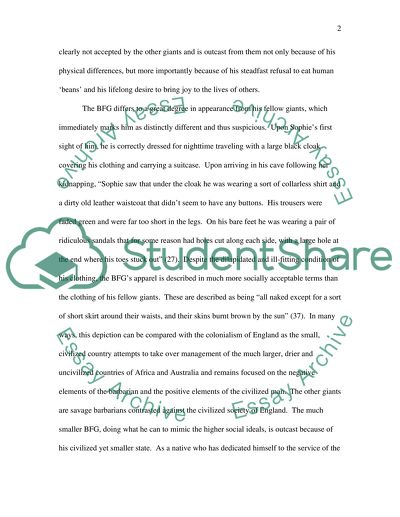Cite this document
(“Big Friendly Giant by Roald Dahl Book Report/Review”, n.d.)
Big Friendly Giant by Roald Dahl Book Report/Review. Retrieved from https://studentshare.org/literature/1531443-big-friendly-giant-by-roald-dahl
Big Friendly Giant by Roald Dahl Book Report/Review. Retrieved from https://studentshare.org/literature/1531443-big-friendly-giant-by-roald-dahl
(Big Friendly Giant by Roald Dahl Book Report/Review)
Big Friendly Giant by Roald Dahl Book Report/Review. https://studentshare.org/literature/1531443-big-friendly-giant-by-roald-dahl.
Big Friendly Giant by Roald Dahl Book Report/Review. https://studentshare.org/literature/1531443-big-friendly-giant-by-roald-dahl.
“Big Friendly Giant by Roald Dahl Book Report/Review”, n.d. https://studentshare.org/literature/1531443-big-friendly-giant-by-roald-dahl.


